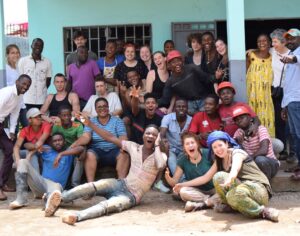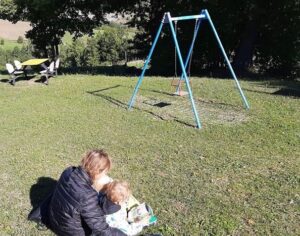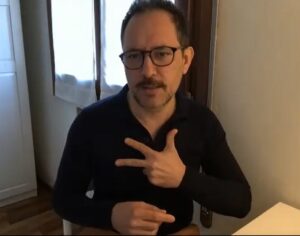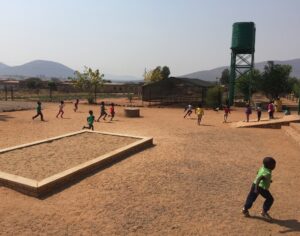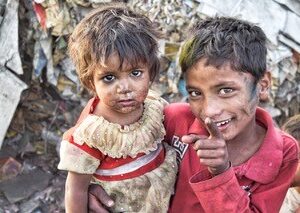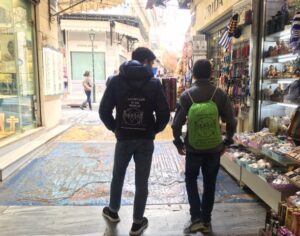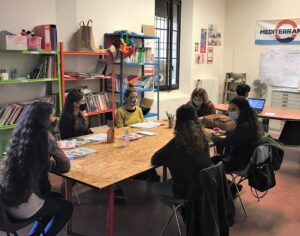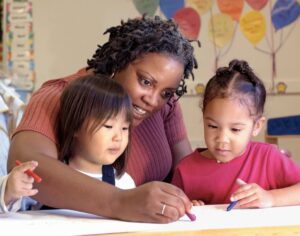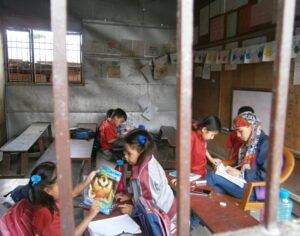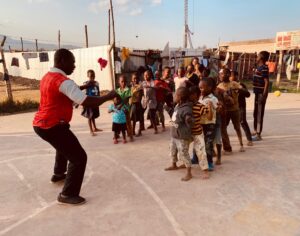SOCIAL MEDIA: RISKS AND HOW TO PREVENT THEM
Nowadays, social media are part of our lives. They can be useful, entertaining, fun, informative, and educational, they offer a space to broadcast what you are and your interests, they can also help create communities: it depends on the use you make of them. Unfortunately, they have drawbacks too: they can be harmful to our mental health, especially for the younger demographic’s. They are also proven to be addictive: they create a constant need to be connected and active. Learning and teaching how to use it responsibly is crucial to guarantee a safe experience for every user.
The main issues
At a young age, we spend a lot of time asking ourselves if we are ‘normal’, good enough, or acceptable, and to compare our life with others. Social media worsen this process, making it even more difficult to have control over it. The images we see online do not portray the reality of things: they are just the highlights of someone else’s life. However, it is not easy to remember this while scrolling down through the ‘for you’ page on “Tik Tok”. The culture generated by social media puts pressure on people so as they strive for perfection; for instance, it pushes people, especially young girls, to follow diets that might have harsh effects on their mental and physical health. The beauty standard they showcase is not inclusive of race, shape, size, or age; and yet, it deeply shapes the idea of what should be. For some people, this search for perfection becomes an obsession: the perfect picture, the perfect time to post, the perfect caption, how many likes it gets, and so on. The pandemic made it worse for young people: for months, the only way to connect was through social media, which became a way to escape and a trap at the same time. They both connect but also isolate people from the real ones surrounding them. It has become more and more difficult to identify an issue and tackle it at its source, especially if you are young and the problem is indissolubly part of your daily life and plays a huge role in your experience as a teenager.
A better online experience
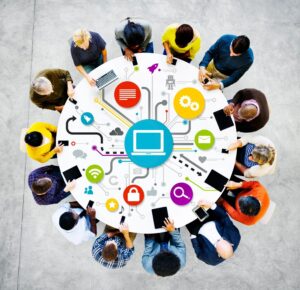 While with the old traditional media we didn’t have a choice, with the new ones we get to decide who to follow, what kind of content we want to see, and how much we let it influence us. As consumers, we can ask these platforms to provide us with a safer environment (e.g.: Instagram blocks content on diet and cosmetic surgery for users under 18) and choose to give less visibility to people that can be harmful to us or to others. Social media is both good and bad but, as adult educators, we need preventive strategies and tools to deal with the issues that can come with the wrong use of them. The first step to take is to acknowledge the issues and talk about them. To improve our experience on social media, we can start by monitoring how long we use them, keeping an eye on the screen-time, and being selective about the people we follow. We can also be a model of good online behaviour and use these potentially helpful tools to share contents that make us and (hopefully) the others feel better. If we could teach how to have a discerning approach to social media, we could prevent younger users to develop stress-related use that, if not controlled, might affect their mental health.
While with the old traditional media we didn’t have a choice, with the new ones we get to decide who to follow, what kind of content we want to see, and how much we let it influence us. As consumers, we can ask these platforms to provide us with a safer environment (e.g.: Instagram blocks content on diet and cosmetic surgery for users under 18) and choose to give less visibility to people that can be harmful to us or to others. Social media is both good and bad but, as adult educators, we need preventive strategies and tools to deal with the issues that can come with the wrong use of them. The first step to take is to acknowledge the issues and talk about them. To improve our experience on social media, we can start by monitoring how long we use them, keeping an eye on the screen-time, and being selective about the people we follow. We can also be a model of good online behaviour and use these potentially helpful tools to share contents that make us and (hopefully) the others feel better. If we could teach how to have a discerning approach to social media, we could prevent younger users to develop stress-related use that, if not controlled, might affect their mental health.


